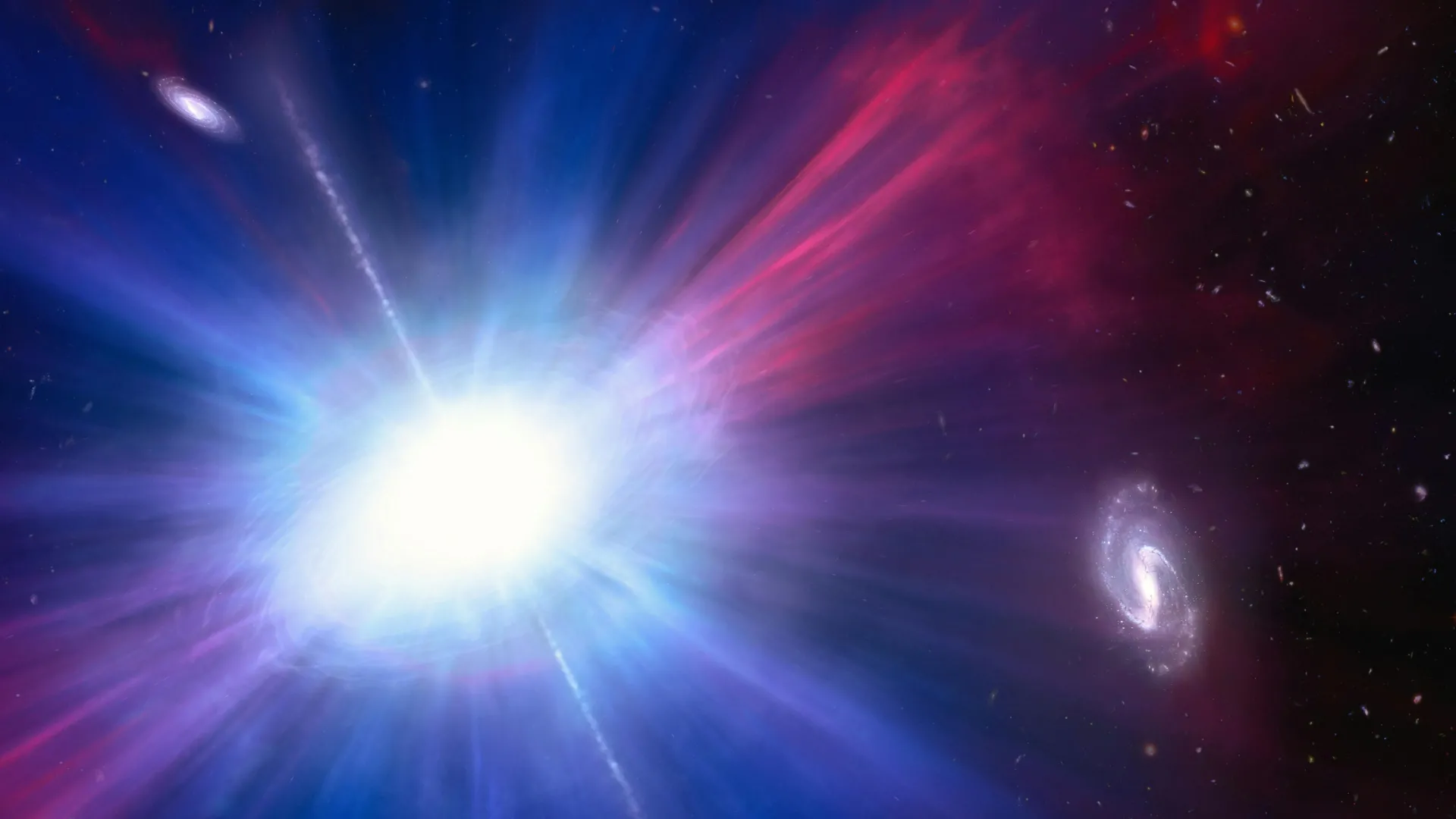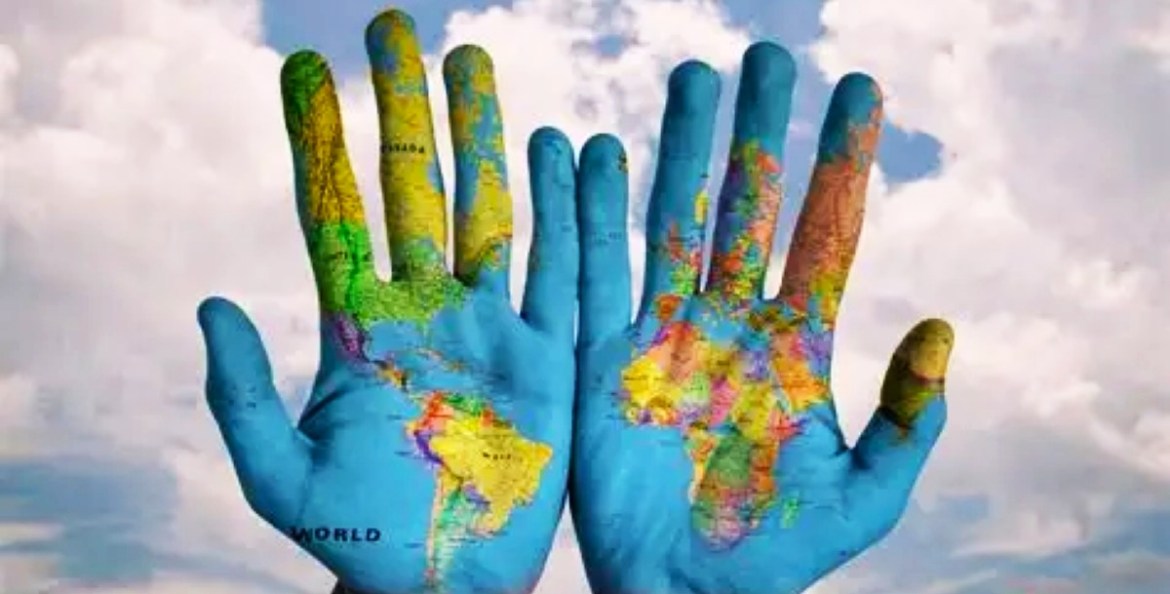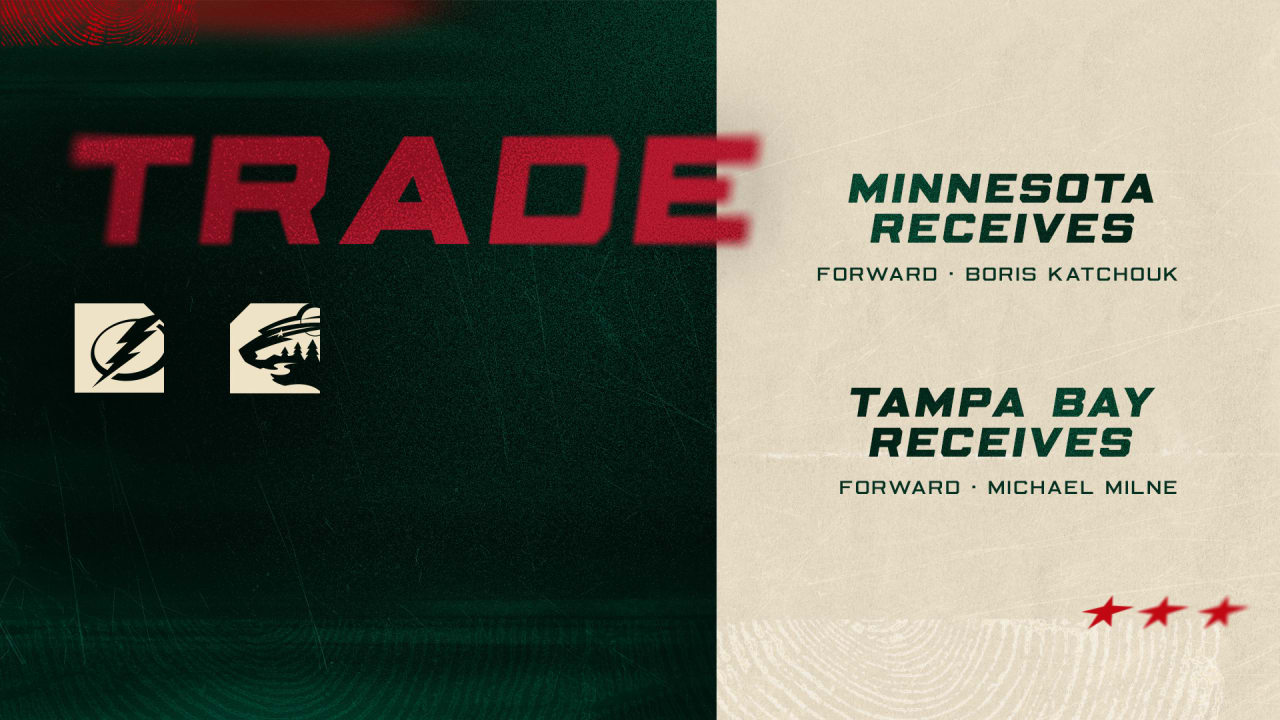SAINT PAUL, Minn. – Minnesota Wild President of Hockey Operations and General Manager Bill Guerin today announced the National Hockey League (NHL) club has acquired forward Boris Katchouk (pronounced kuh-CHOOK) from the Tampa Bay Lightning in…
Blog
-

Most distant supernova: James Webb sees a star explode at cosmic dawn
Astronomers from around the world have reached a major milestone in studying the early universe. Using the James Webb Space Telescope (JWST), they identified a supernova, the explosive death of a massive star, at a distance never observed before.
Continue Reading
-

Most distant supernova: James Webb sees a star explode at cosmic dawn
Astronomers from around the world have reached a major milestone in studying the early universe. Using the James Webb Space Telescope (JWST), they identified a supernova, the explosive death of a massive star, at a distance never observed before.
Continue Reading
-

Gophers Close Out Nonconference Action vs. FDU
GAME DAY PROMOTIONS
$2 HOT DOG NIGHT
Score $2 hot dogs while cheering on Gopher Men’s Basketball as they take on Fairleigh Dickinson!COLLEGE ID NIGHT
Back in town on winter break? Show ANY valid college ID at the ticket window on game…Continue Reading
-

Illumination Zone: Episode 219 | Sam Morgan and Mark MacDonald of HaystackID sit down with Mary Mack and Holley Robinson | EDRM – Electronic Discovery Reference Model
Sam Morgan, Director of Legal Solutions, and Mark MacDonald, SVP of Business Development for EDRM Trusted Partner HaystackID, sit down with Mary Mack and Holley Robinson. In this episode, Sam and Mark were live from the 2025 Construction…
Continue Reading
-

Milestones that mattered in realizing global health achievements – The Tanzania Times
2025: Milestones that mattered in realizing global health achievements – The Tanzania Times
